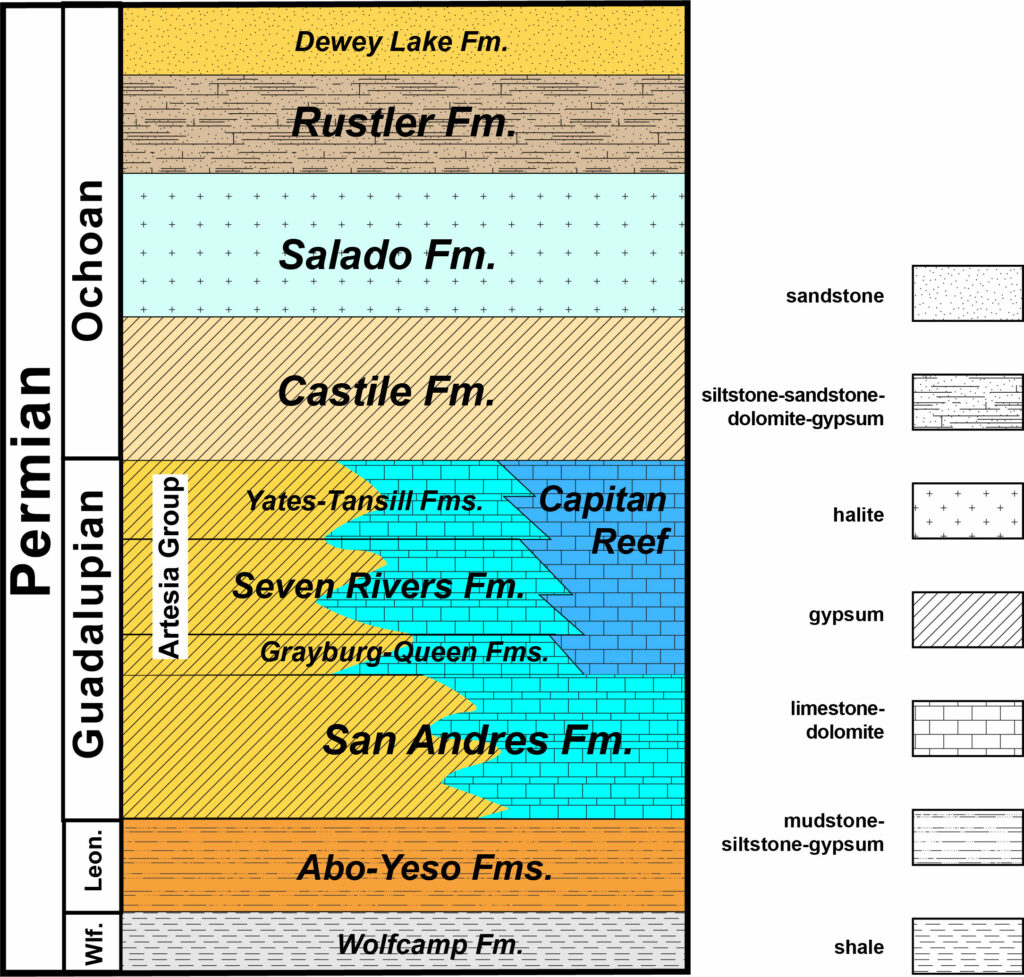Sinkhole Clean Up
Join your neighbors, Bureau of Land Management, the National Cave and Karst Research Institute in cleaning up caves and sinkholes to keep our water and land clean for all to use. The US Bureau of Land Management is teaming up with the National Cave and Karst Research Institute to include you and regional caving groups in a series of mini-projects to help clean caves and sinkholes. Using both heavy equipment and volunteer labor, we remove garbage, recycle what can be salvaged, and then safely dispose of the rest.
New Mexico: Lincoln County Project
Lincoln County has beautiful rolling grassland riddled with cave entrances. These cave entrances are conduits to the aquifer that lies below the surface that stores the county’s water supply.
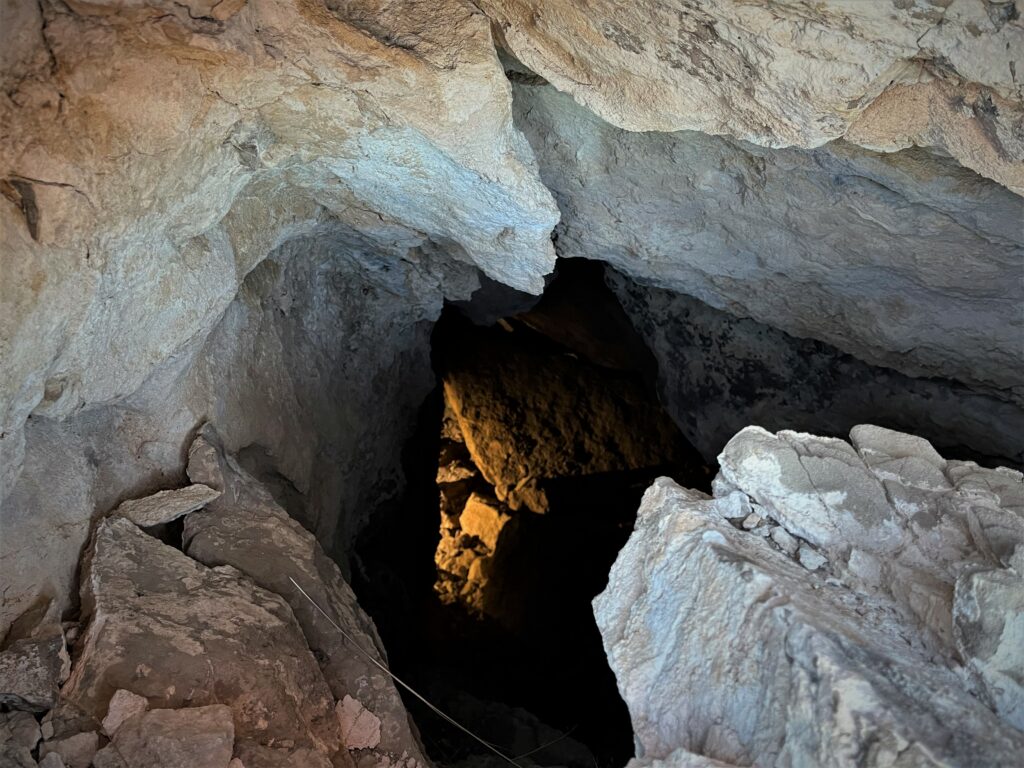
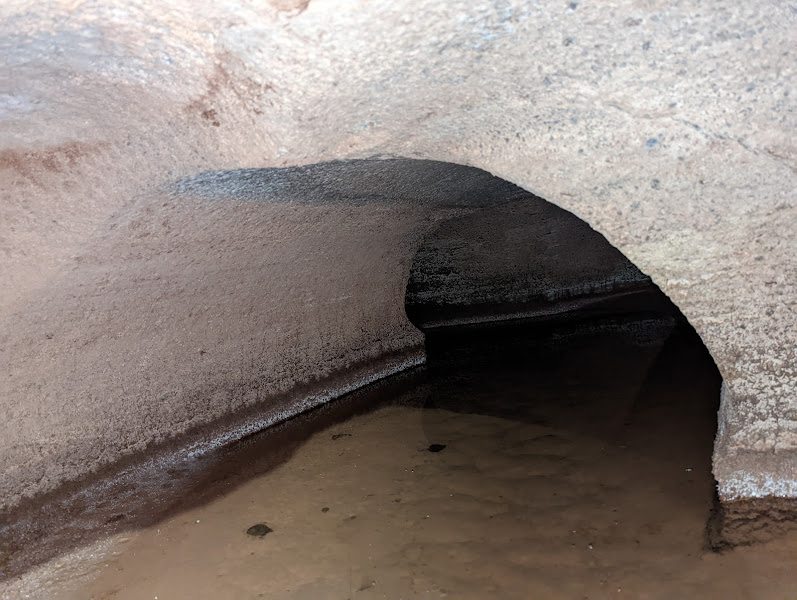

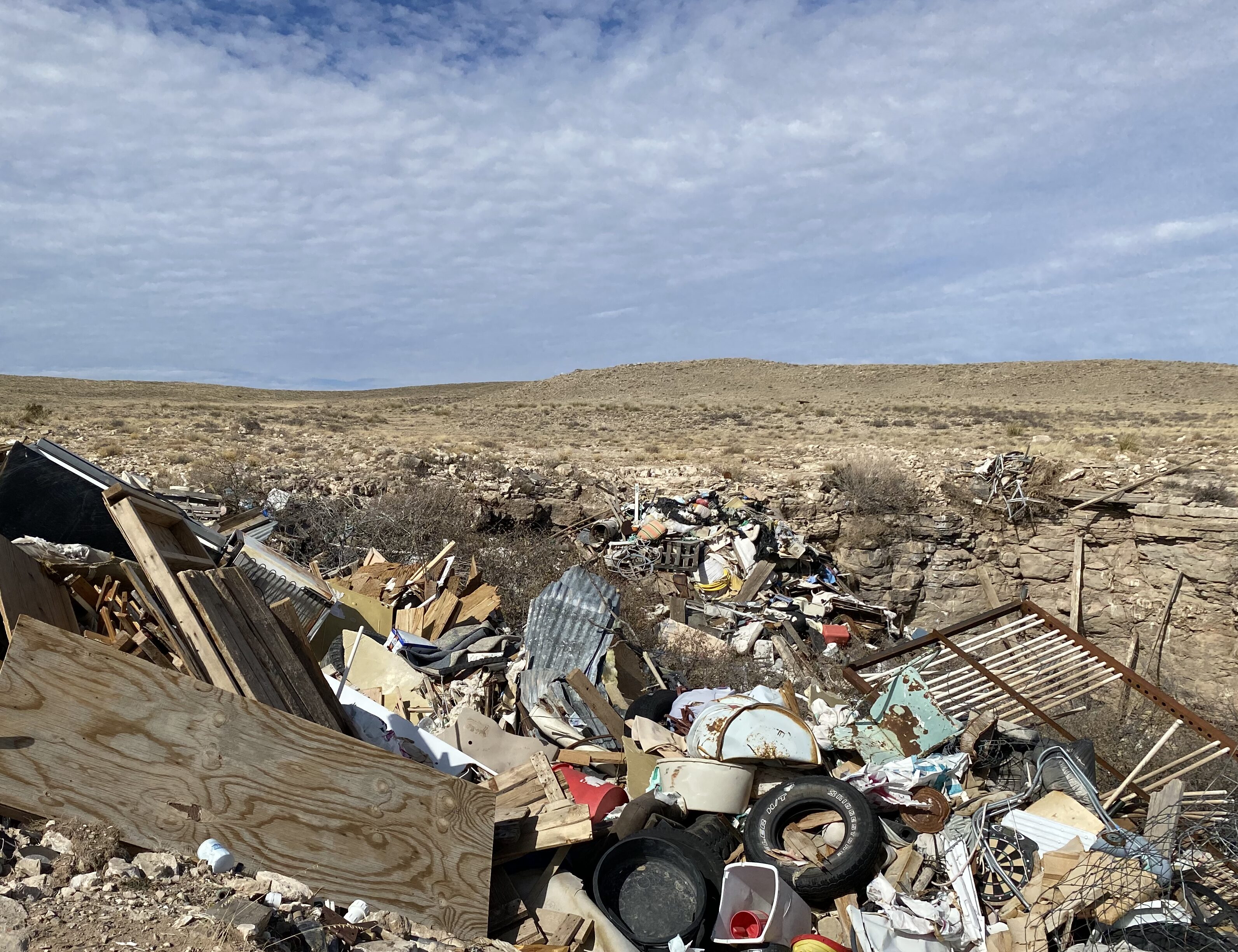
Clean Ups and Progress
SINKHOLE CLEAN UP LAUNCH:
Earth Day and International Year of Caves & Karst
The first sinkhole clean up was on April 24th with local caving groups, BLM and NCKRI staff as part of the Southwest Region (SWR) Spring Event. This project celebrated Earth Day and the International Year of Caves and Karst (IYCK) to bring awareness to the sensitive nature of the karst landscape, the impact of groundwater contamination and conservation ethos.
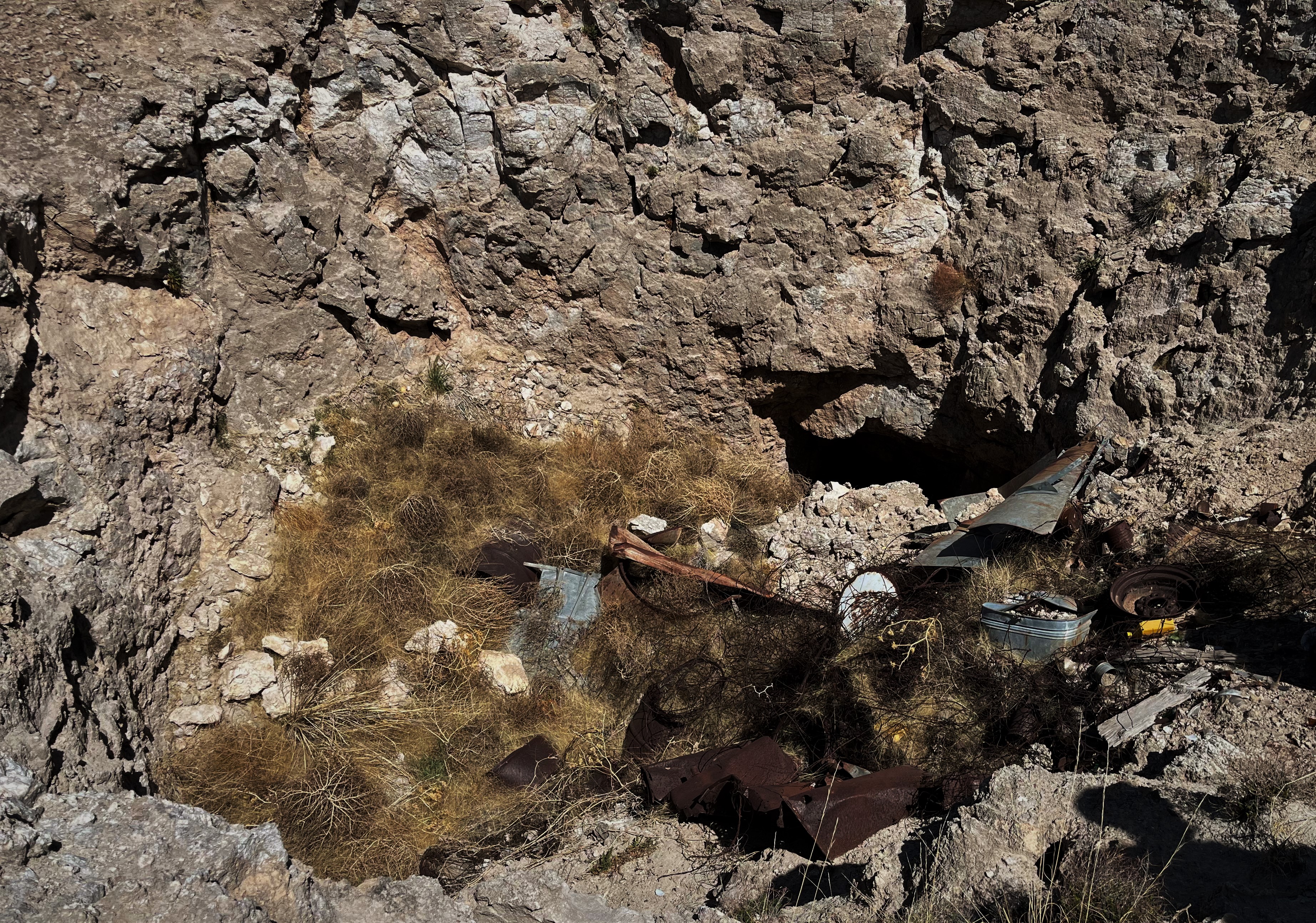
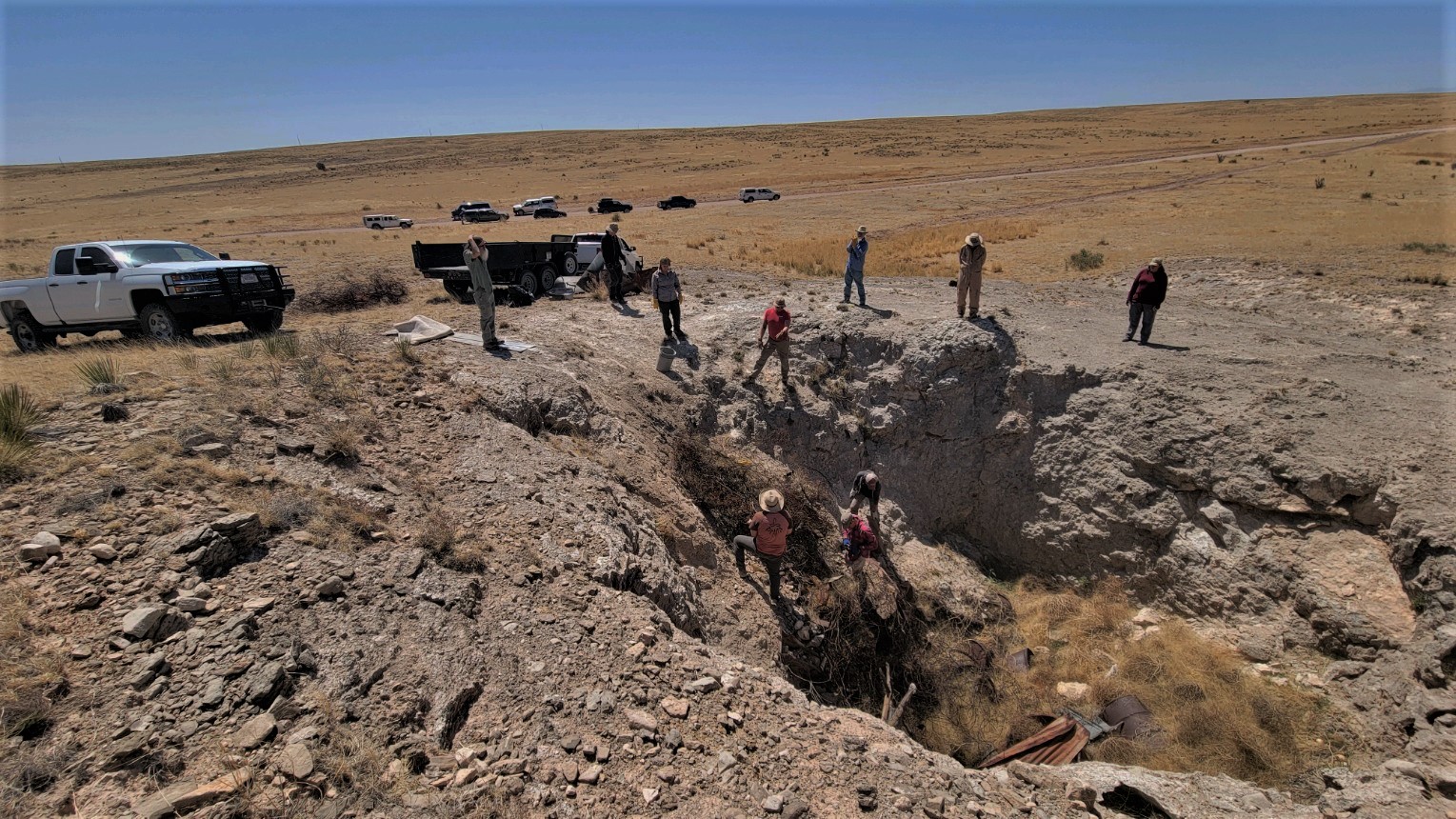
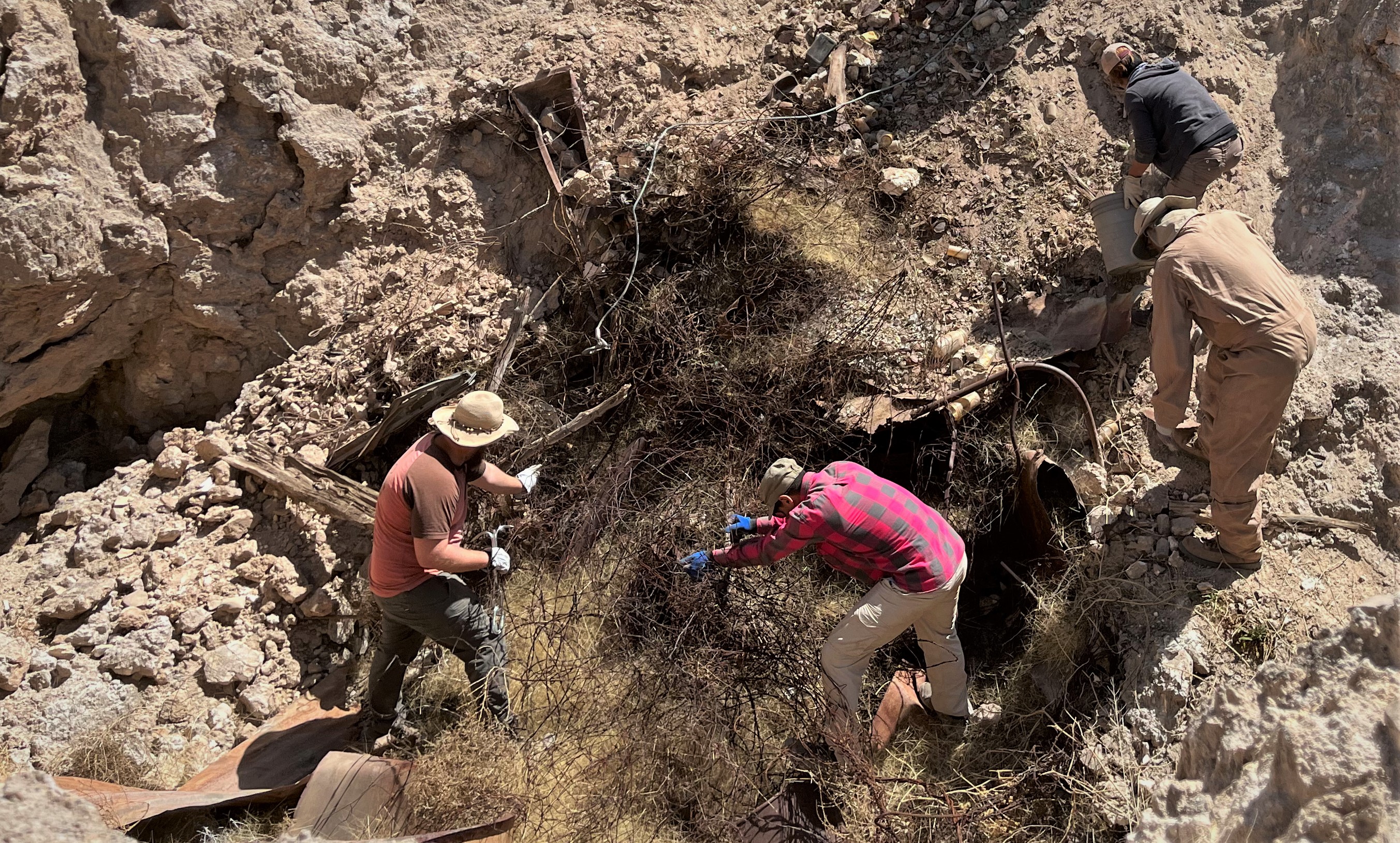
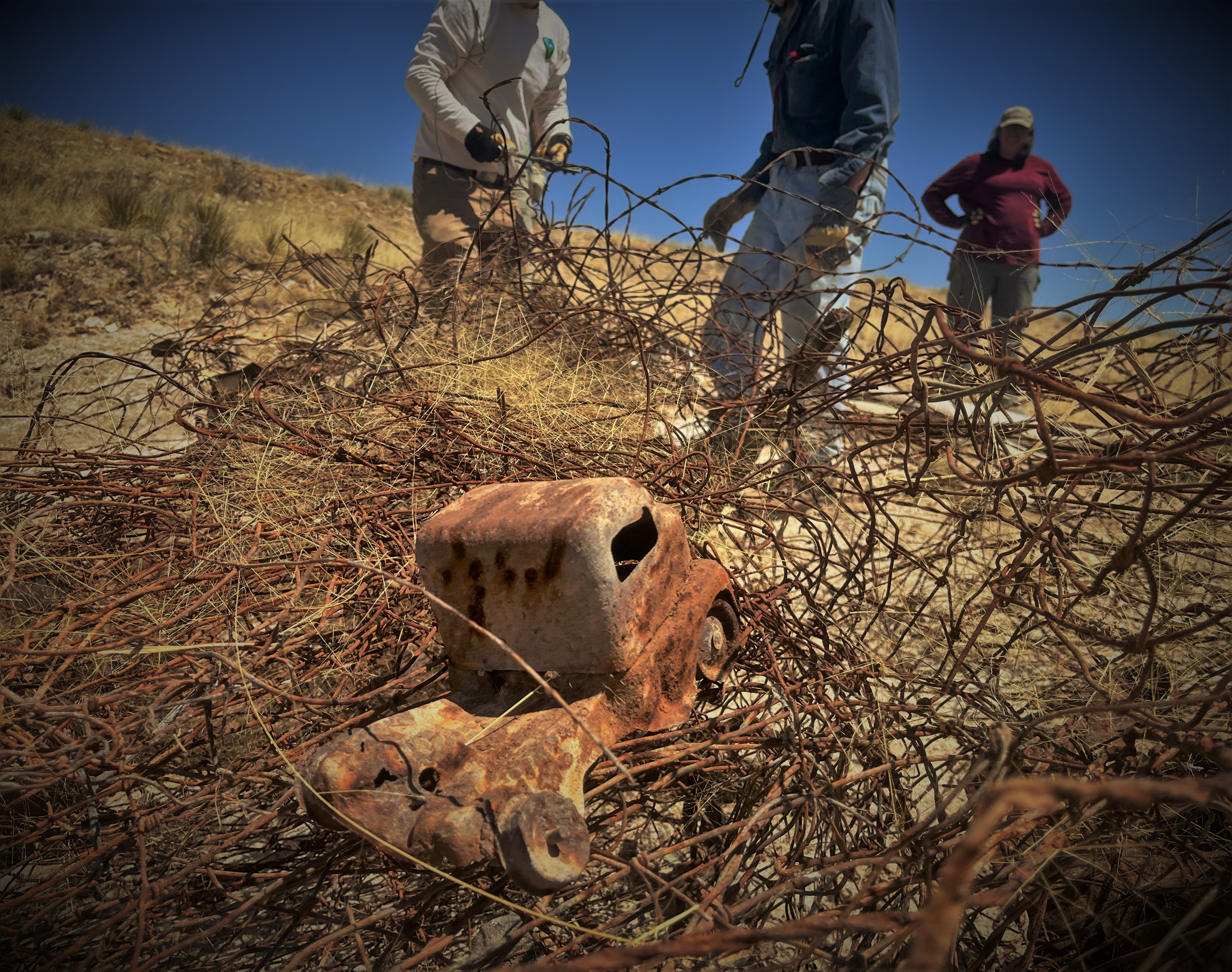
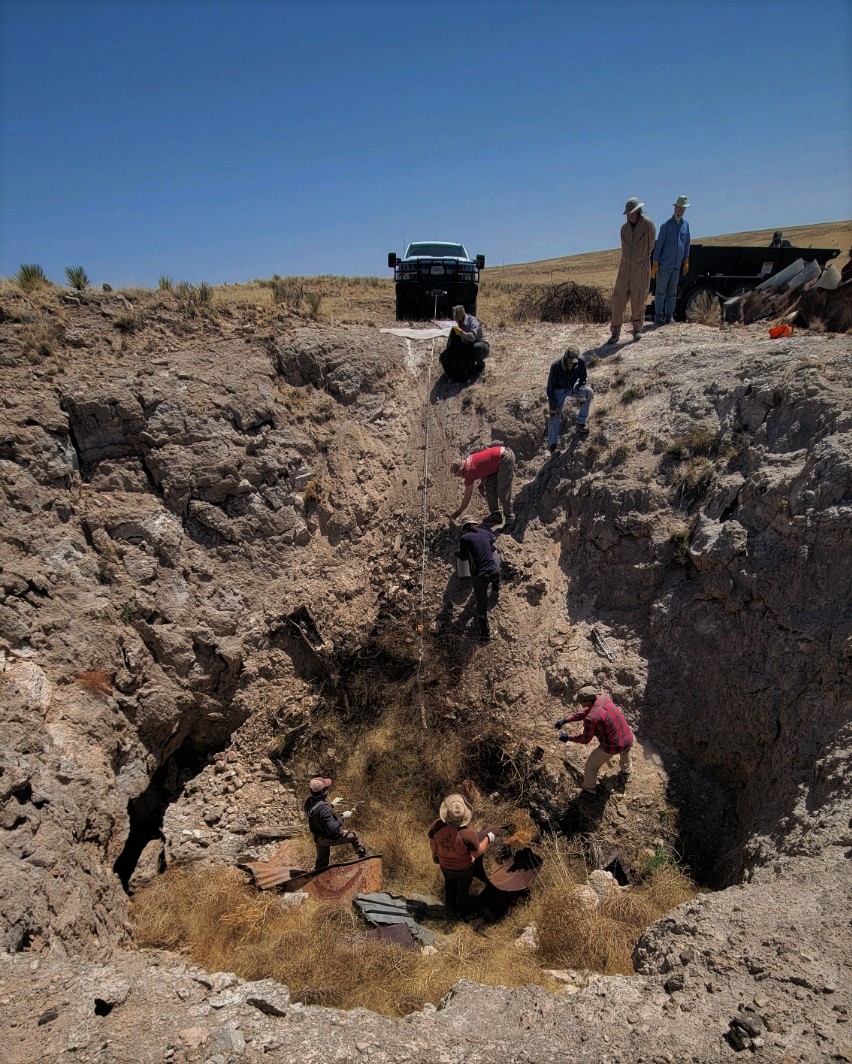


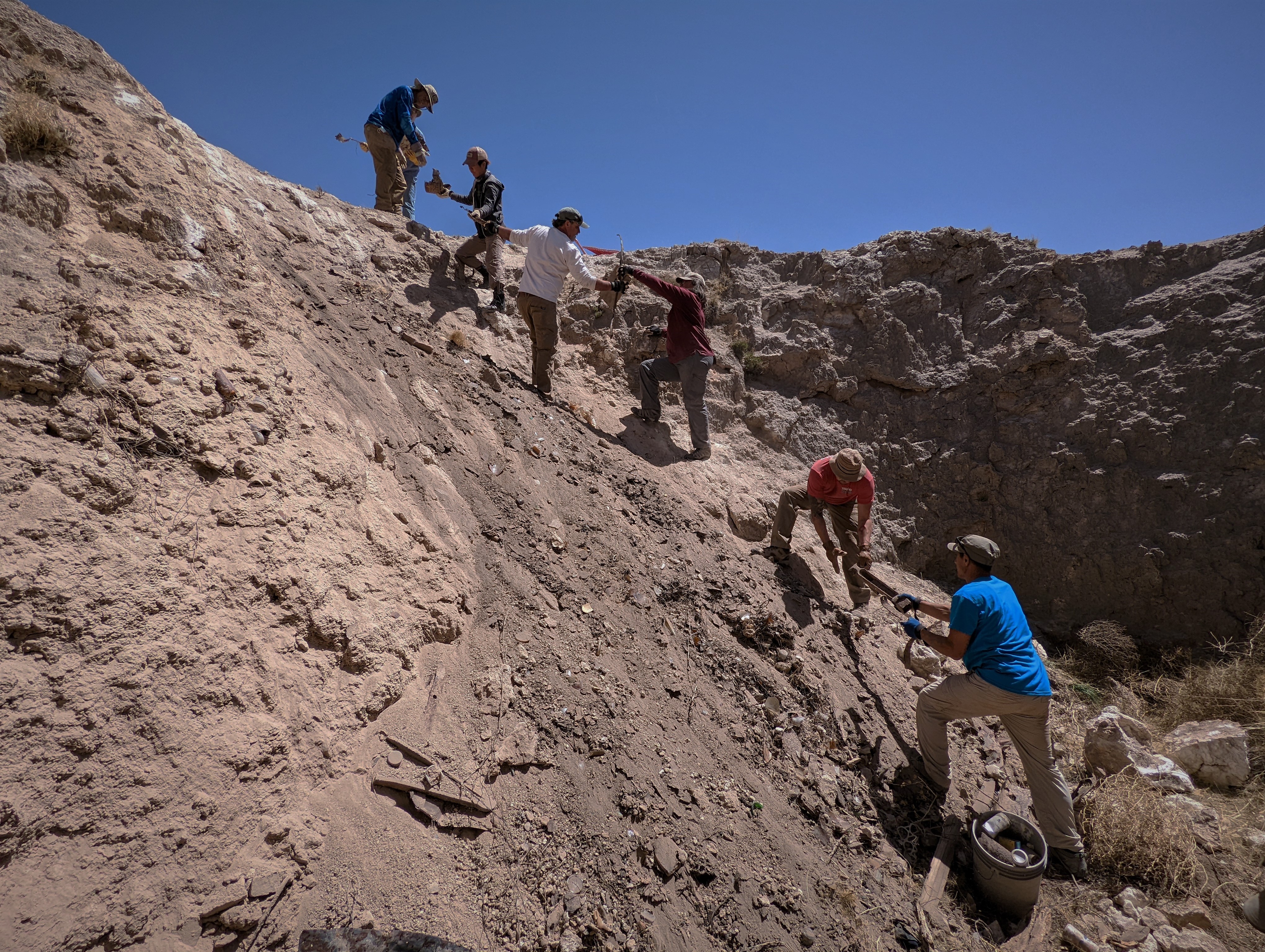

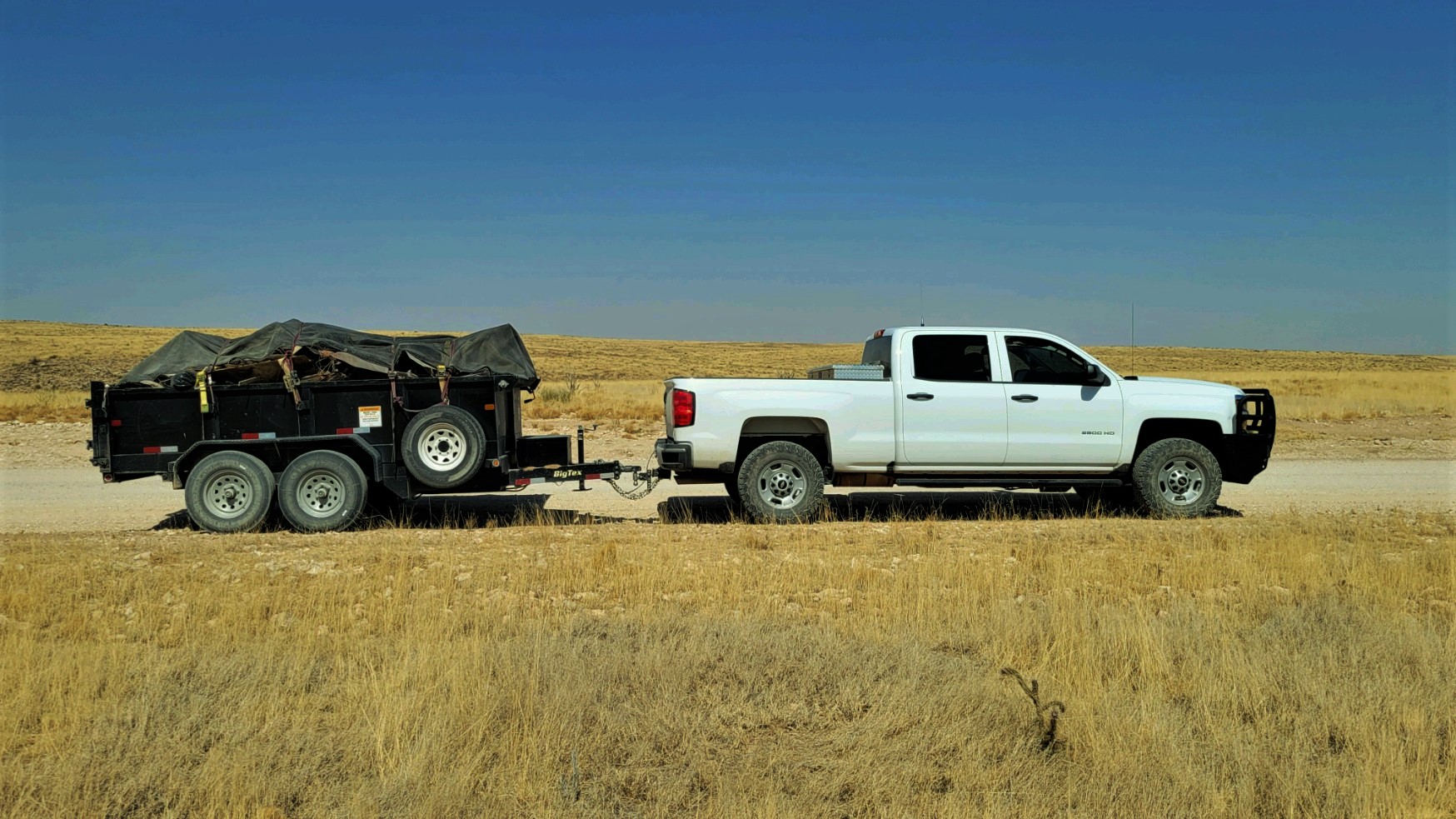
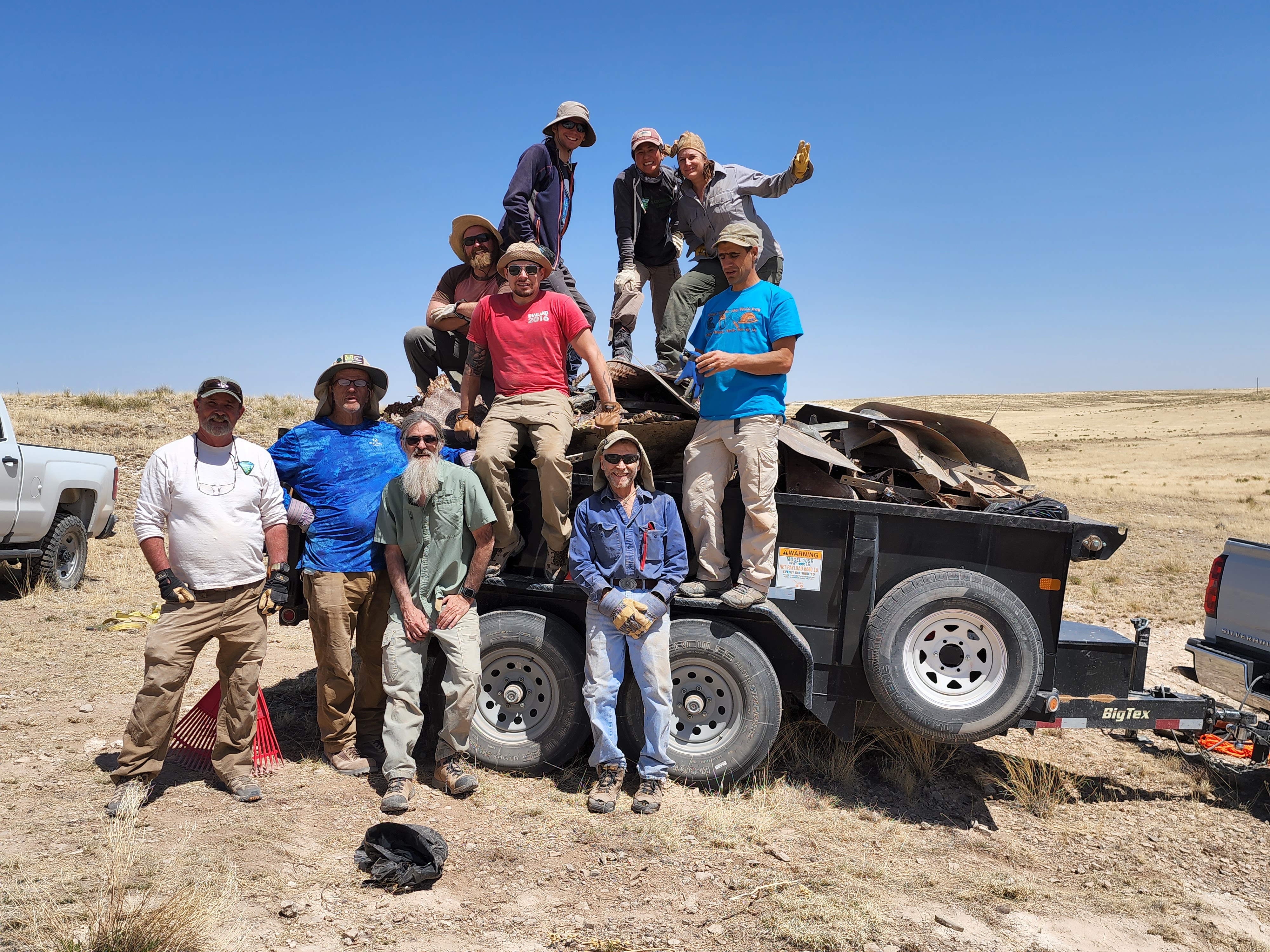
Geology of Lincoln County
Karst covers 90% of Lincoln county and about 25% of the USA. Karst is a type of land that can form caves and sinkholes.
Geologists like to describe the rocks of an area from the bottom up, which is oldest to youngest. The tricky part is that sometimes the oldest rocks are at the highest elevations, not the lowest, and we see some of that in Lincoln County. Overall we can divide the county into two parts.
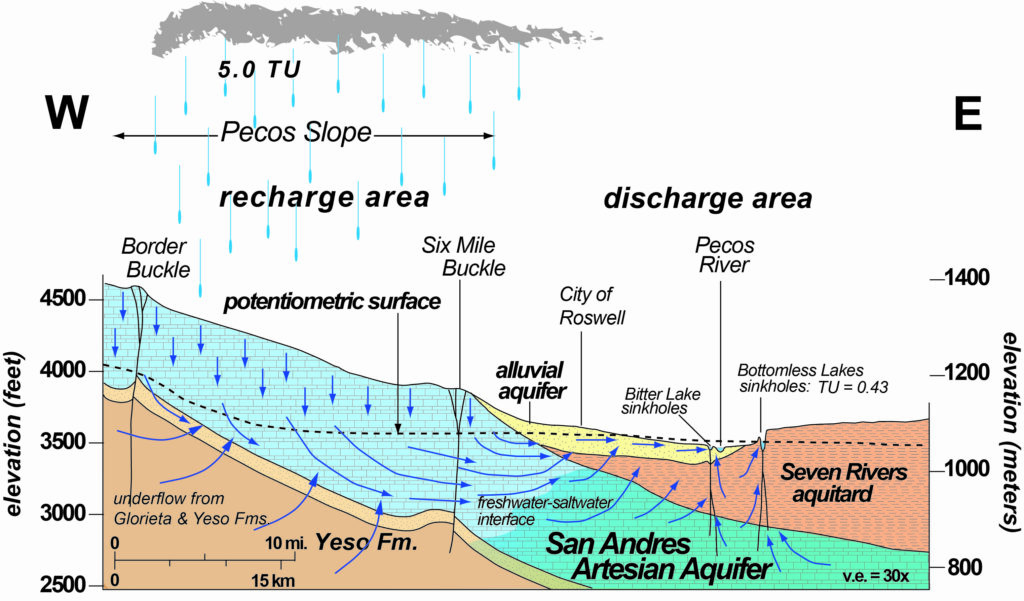
About half of Lincoln county east and northeast of Ruidoso is made up of limestone and dolomite of the San Andres Formation; and sandstone, shale and limestone of the underlying Yeso Formation. These rocks are Permian in age, about 250–300 million years old, and are beautifully exposed in roadcuts along highway 70-380 between Roswell and Ruidoso. West of Ruidoso the land drops steeply into the Tularosa Basin, a rift in the earth’s crust where the rocks exposed at the surface are progressively younger at lower elevations. Sediment filling the rift basin is mostly Quaternary in age, ranging from 2 million to 11,000 years old. Volcanic activity in what is now the southwestern part of the county began around 38 million years ago, when some molten rocks erupted to the surface. Older intrusive rocks did not reach the surface but were exposed when older, overlying rock was eroded away, such as in the Capitan Mountains and Sierra Blanca peak, which at 11,981 feet is the highest point in the county. The youngest rocks in Lincoln county are the 5,000-year old basalt lava flows in the low-elevation Valley of Fires west of Carrizozo.
